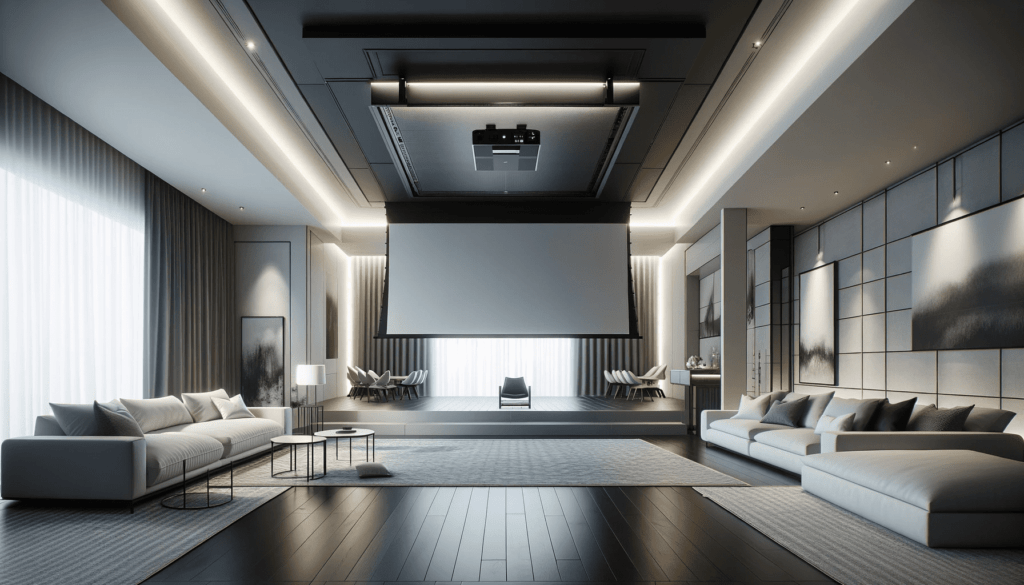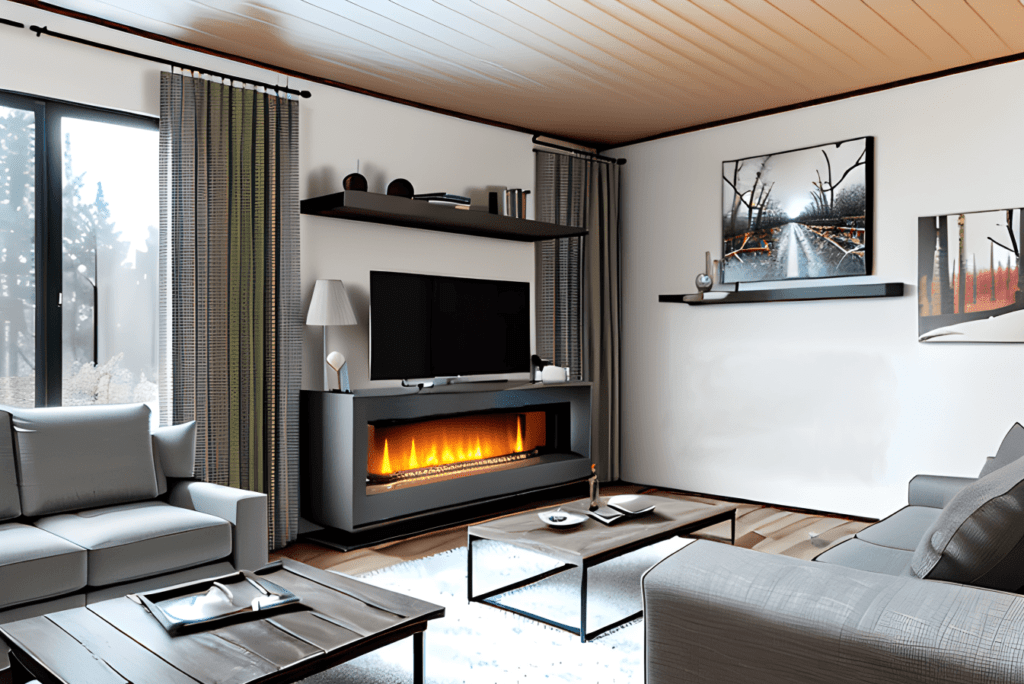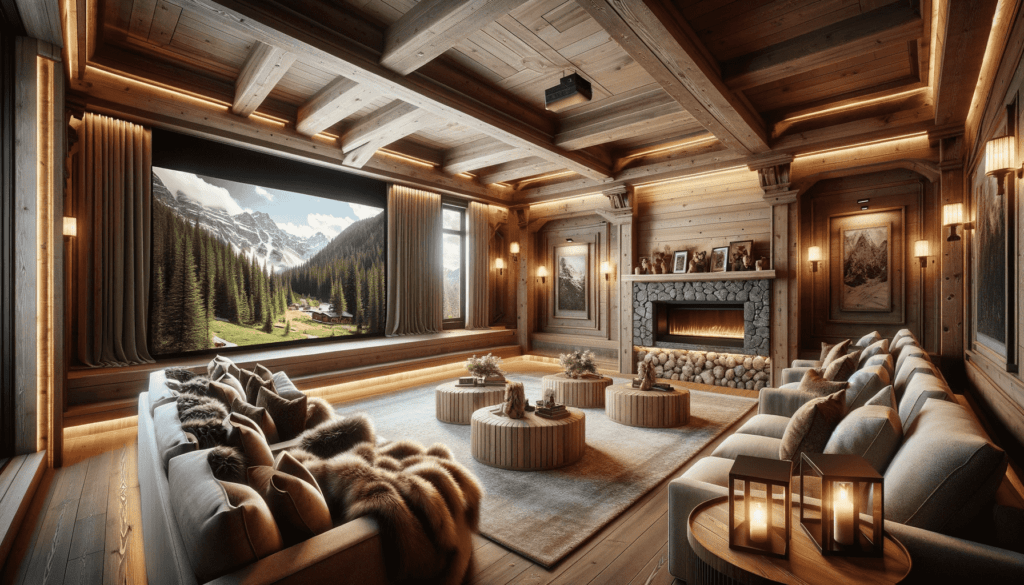The television is an element present in the rooms of houses all over the world, its presence dominates living rooms, but often also bedrooms and kitchens, in some cases even the bathroom.
Black rectangles, increasingly present and ever larger, burst into homes and constitute, whether we like it or not, a real element of visual impact in all of our homes.
Furthermore, their location is always in the center of the room, right at the point where we direct our gaze most, and this is normal given their function, however for decades many have been annoyed by the presence of these black rectangles in the middle of the furnishing context . Indeed, in a high-level environment, be it a private living room or a hotel suite, the television should be hidden away when not in use.
But how to hide the TV?
As we know, these are increasingly larger objects, and if in the past it was sufficient to enclose the square box in a piece of furniture that could be opened with doors, or to create an electric sliding support that would hide it behind a piece of furniture of some kind, with the today’s screens that easily exceed even 100 inches the undertaking is increasingly difficult.
Often our clients or their interior designers ask us for a solution to this problem, and the solutions we usually propose are the following:
Hiding by showing oneself, the TV that turns off becomes a painting:
We are resellers of screens of all types and technologies, and in recent times an interesting novelty is that of televisions which, once switched off, look like canvas paintings that decorate the room.

It is not simply a question of programming the television so that when not in use it shows a still image, since in that case the result would be evident, since when switched on, screens emit light, and paintings do not. A screen like those we offer, on the other hand, is able to show a still image with the same naturalness of a real canvas painting, you will see the light of the room illuminate the image and not vice versa, and as long as the TV is not turned on to function normally, no one will notice the difference.
In order to further enhance the effect, this screen – picture will be recessed into the wall, so that it protrudes just like a picture would, and you can also complete it with a totally custom wooden frame in order to adapt to the room looking like to the other paintings present or in any case merging with the furnishing context.
Imagine the surprise of a customer in a hotel room who, when shown the room, appreciates its design and at one point, looking around, will ask: “But where is the television?”
And here, with a touch of the remote control, the picture in the room lights up on the chosen channel.
The possible applications of screens like these are diverse and versatile: for example, a screen of this type could be used in combination with others to create a real gallery, perhaps in a hotel hall or in a corridor, with the advantage of being able to decide and change the images shown at will, perhaps alternating them between the winter and summer seasons, or according to holidays or occasions.
Consumption when switched off is minimal, and as for the quality of the images when the screen is on, you don’t have to worry since these TVs have 4K screens with nothing to envy to normal televisions.
Finally, they are available in many different sizes, to truly adapt to any context and need.
Choose the projection and obtain a completely concealed system:
However, if the intent is to hide the video system 100% when not in use, then a projector and a roll-up screen are the best solution.
As mentioned in the introduction, screen standards are now too large to hide them with furniture doors or slide them with motorized mechanisms, and thanks to the evolution of technology there are projectors capable of working perfectly even in daylight.
There are two main options for achieving this goal: a traditional projector recessed into the ceiling or on the wall of the room opposite to the projection room or an ultra-short throw projector positioned directly below the screen (to find out more, read here our article on laser tv).

The screen will be in both cases roller shutter electrically, and will roll up in a discreet and very thin box recessed in the ceiling or anchored to the wall, also in this case it will be possible to customize the color and brightness of the container in order to minimize the visual impact.
Everything can be controlled very simply with a single intelligent home automation remote control.
If you’re looking for a way to hide your TV, and want to find out more, look no further! We at Celestial.Video take care of designing, selling and installing the best home audio and video systems, contact us by clicking here: we will be happy to listen to your project.






